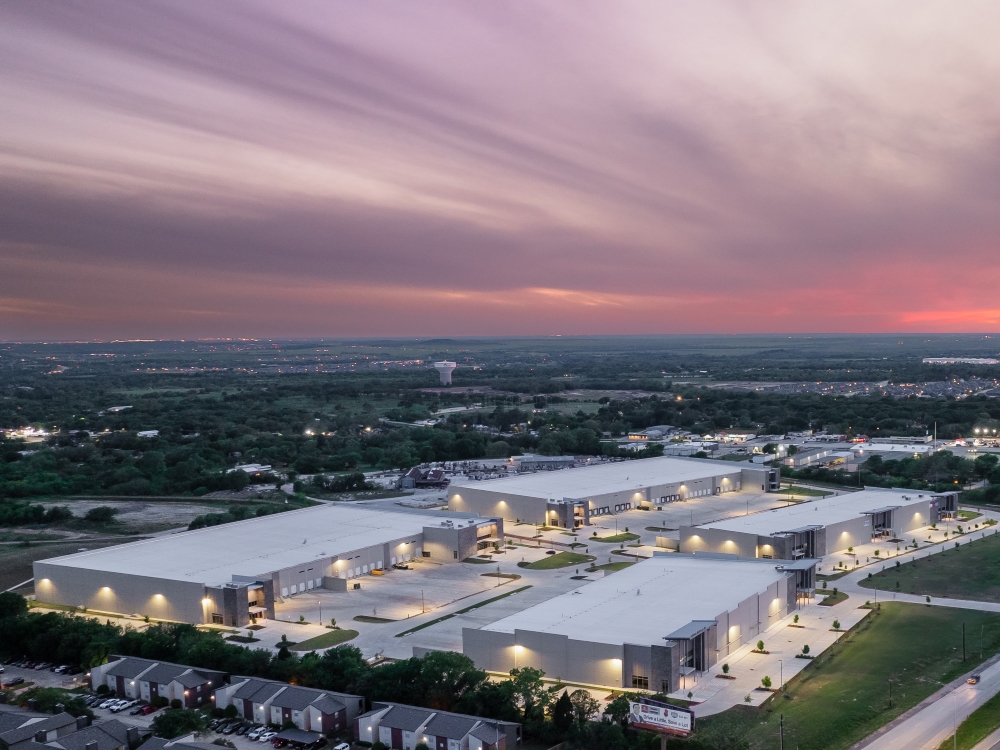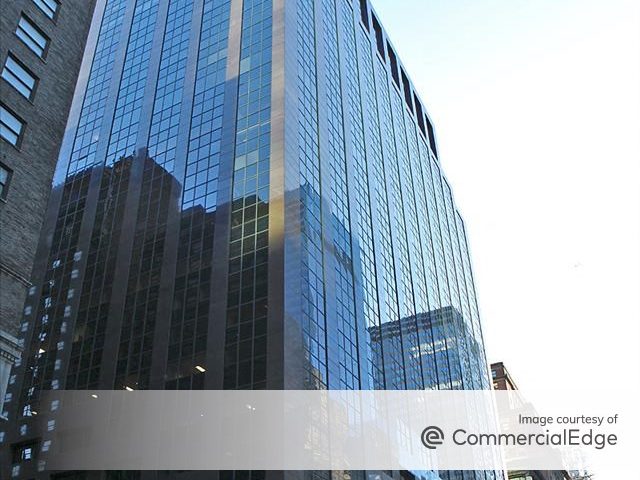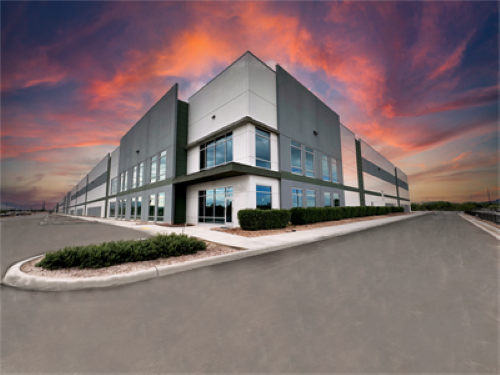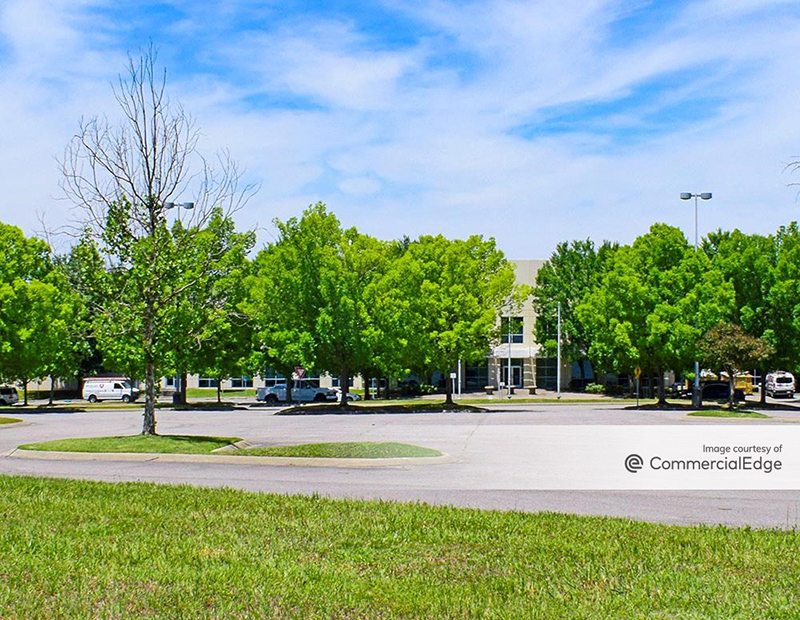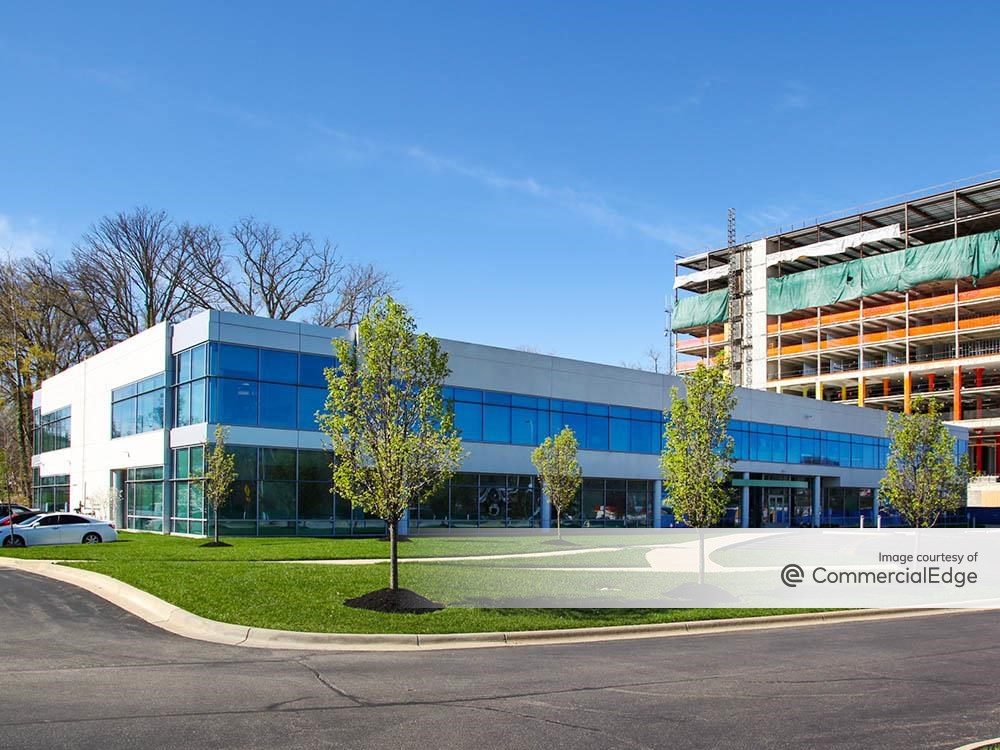Economy Watch: The Big Deal About Consumer Income
It's still the missing piece of the full economic recovery puzzle: personal income.
By Dees Stribling, Contributing Editor
It’s still the missing piece of the full economic recovery puzzle: personal income. Without more money to spend, consumers aren’t inclined as much as in past decades to spend more (for instance, there isn’t nearly as much home equity to tap as in the 2000s), and that’s going to continue to be a drag on the economy as long as income growth is minuscule. The circumstance affects a lot of sectors: people are buying fewer new houses than the historical norm, middle-range retailers are suffering, and much of the American population still feels caught in a recession that’s technically long over. None of this will change without consistent personal income growth.
The major component of income, wages and salaries, is still stagnant. Bureau of Labor Statistics reported on Friday that total compensation costs for workers inched upward only 0.2 percent in the second quarter of 2015 compared with the first. Wages and salaries (which make up about 70 percent of compensation costs) was also barely changed at 0.2 percent, and benefits (which make up the remaining 30 percent of compensation) was even less improved at 0.1 percent growth. That’s the lousiest quarter for income and benefits growth since — ever. The BEA began tracking income on a quarterly basis in 1982, and growth has never been so meager. That’s bad in and of itself, but it’s also doubly disappointing in that compensation growth in the first quarter was up 0.7 percent compared with the previous one. The economy needs more of that, not a stall in compensation growth.
Even over a longer stretch of time, compensation costs for workers aren’t rising very fast: they’ve increased 2 percent for the 12-month period ending June, unchanged from the 12-month period ending June 2014. Wages and salaries increased 2.1 percent for the current 12-month period; in June 2014 the change was 1.8 percent. Benefit costs increased 1.8 percent for the 12-month period ending June. In June 2014 the increase was 2.5 percent. None of these changes is much better than the admittedly meager rate of inflation, but even so, they mean that the U.S. worker is essentially treading water.
People are responding to their inability to get raises by reigning in spending, at least for now. The Bureau of Economic Analysis reported on Monday that personal consumption expenditures (PCE) increased $25.9 billion, or 0.2 percent, in June, not as much as expected, and worse still, real PCE — PCE adjusted to remove price changes — decreased less than 0.1 percent in June, in contrast to an increase of 0.4 percent in May. A hiccough or something of a long-term trend? Retailers especially should hope it’s the latter, since their lifeblood is PCE. Better income means better PCE means higher retail sales.

